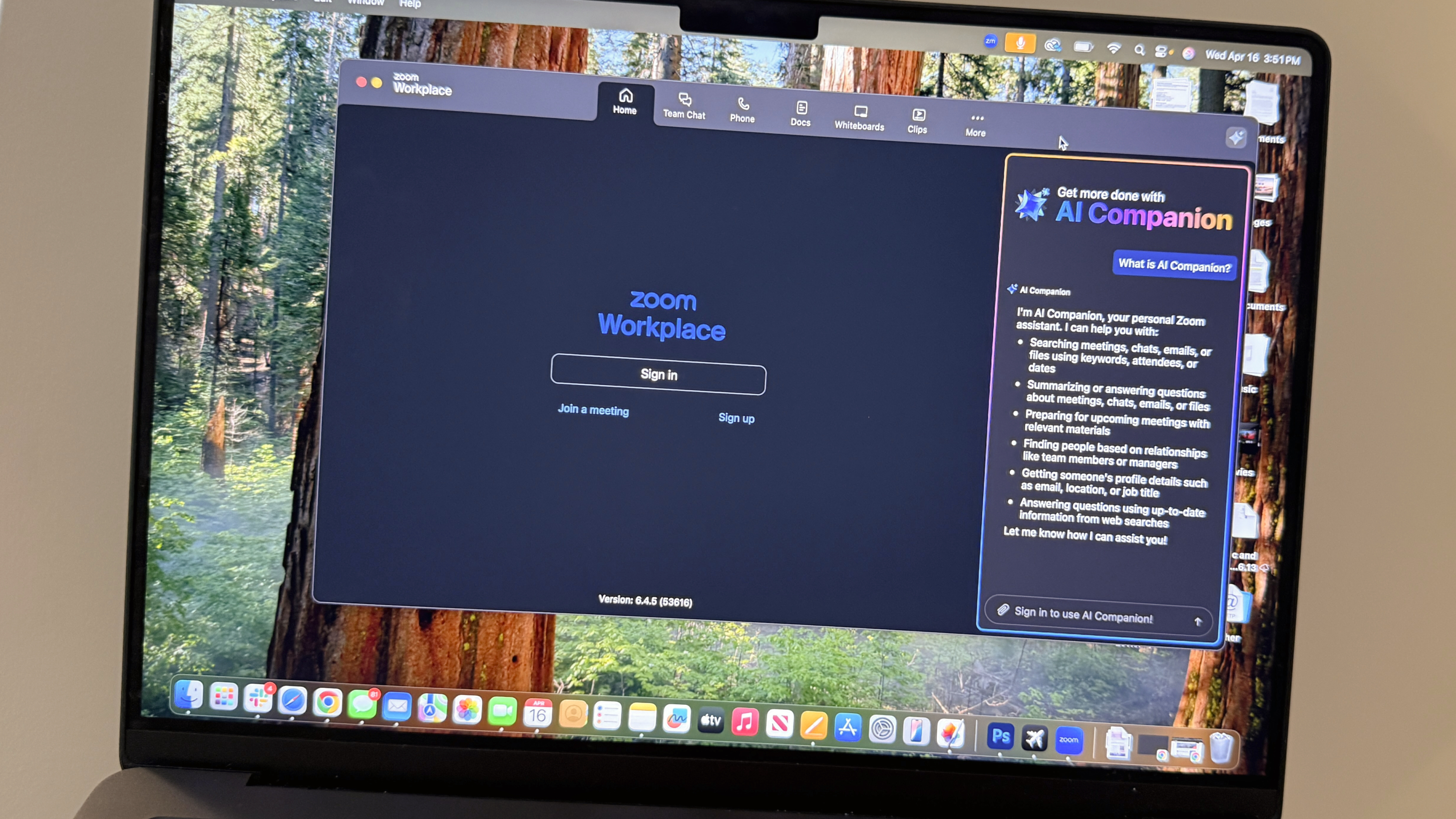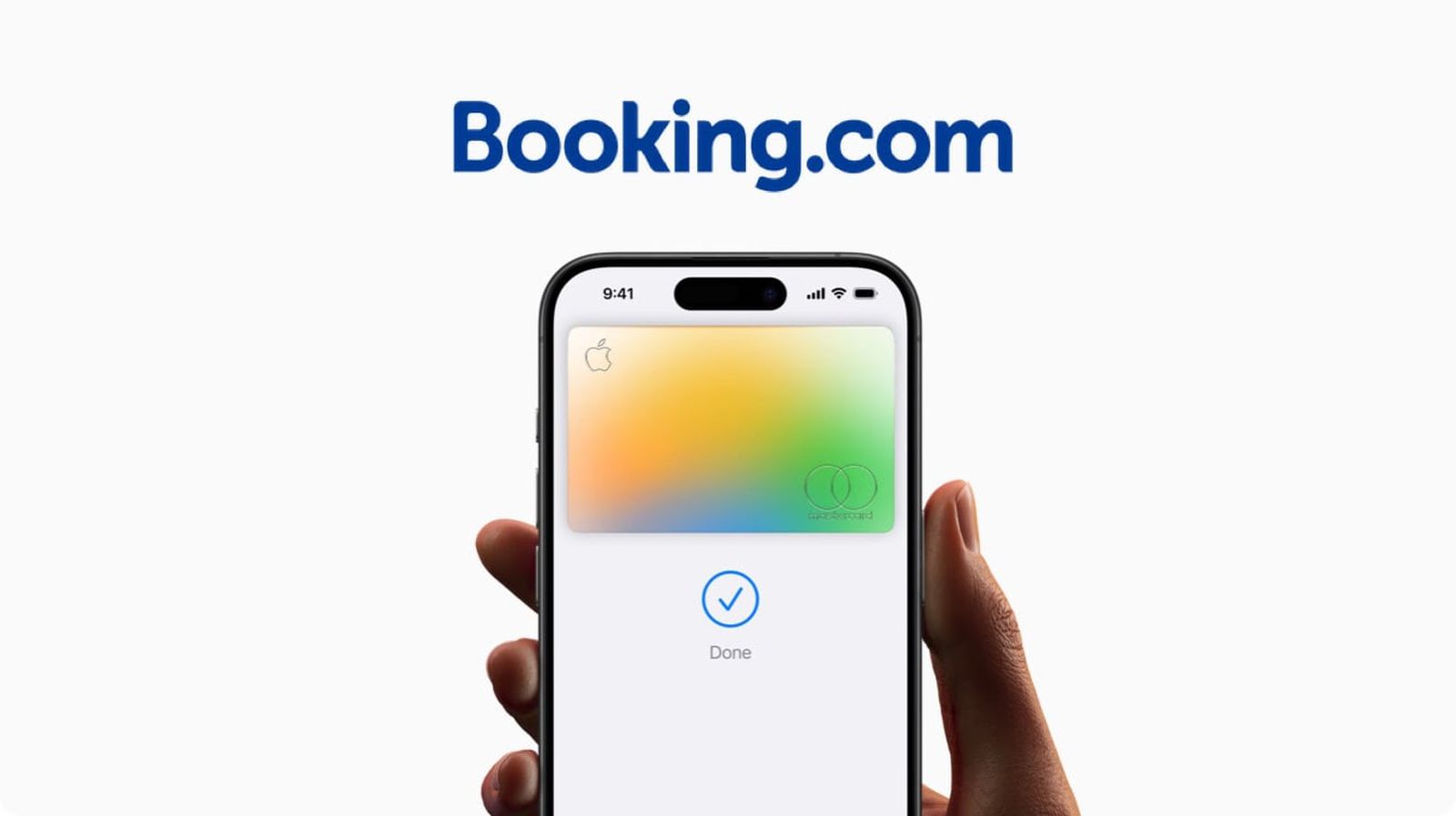Web Development Using React Framework
React is one of the most popular JavaScript libraries for building modern, responsive web applications. Developed and maintained by Facebook, React simplifies the process of building dynamic user interfaces by breaking them into reusable components. What is React? React is an open-source front-end JavaScript library for building user interfaces, especially single-page applications (SPAs). It uses a component-based architecture, meaning your UI is split into small, manageable pieces that can be reused throughout your app. Why Use React? Component-Based: Build encapsulated components that manage their own state. Declarative: Design simple views for each state in your application. Virtual DOM: Efficient updates and rendering using a virtual DOM. Strong Community: Backed by a large community and robust ecosystem. Setting Up a React Project Make sure Node.js and npm are installed on your machine. Use Create React App to scaffold your project: npx create-react-app my-app Navigate into your project folder: cd my-app Start the development server: npm start React Component Example Here's a simple React component that displays a message: import React from 'react'; function Welcome() { return Hello, welcome to React!; } export default Welcome; Understanding JSX JSX stands for JavaScript XML. It allows you to write HTML inside JavaScript. This makes your code more readable and intuitive when building UI components. State and Props Props: Short for “properties”, props are used to pass data from one component to another. State: A built-in object that holds data that may change over time. State Example: import React, { useState } from 'react'; function Counter() { const [count, setCount] = useState(0); return ( You clicked {count} times setCount(count + 1)}> Click me ); } Popular React Tools and Libraries React Router: For handling navigation and routing. Redux: For state management in large applications. Axios or Fetch: For API requests. Styled Components: For styling React components. Tips for Learning React Build small projects like to-do lists, weather apps, or blogs. Explore the official React documentation. Understand JavaScript ES6+ features like arrow functions, destructuring, and classes. Practice using state and props in real-world projects. Conclusion React is a powerful and flexible tool for building user interfaces. With its component-based architecture, declarative syntax, and strong ecosystem, it has become a go-to choice for web developers around the world. Whether you’re just starting out or looking to upgrade your front-end skills, learning React is a smart move.
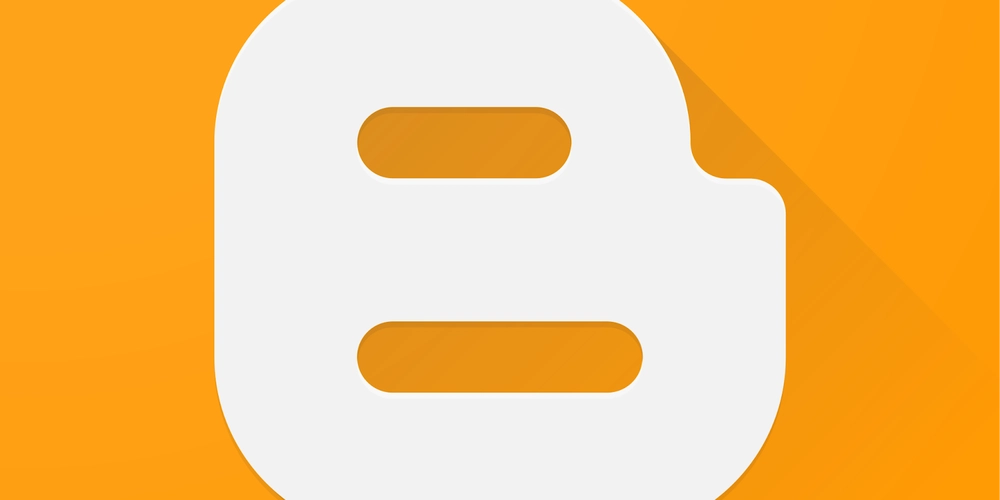
React is one of the most popular JavaScript libraries for building modern, responsive web applications. Developed and maintained by Facebook, React simplifies the process of building dynamic user interfaces by breaking them into reusable components.
What is React?
React is an open-source front-end JavaScript library for building user interfaces, especially single-page applications (SPAs). It uses a component-based architecture, meaning your UI is split into small, manageable pieces that can be reused throughout your app.
Why Use React?
- Component-Based: Build encapsulated components that manage their own state.
- Declarative: Design simple views for each state in your application.
- Virtual DOM: Efficient updates and rendering using a virtual DOM.
- Strong Community: Backed by a large community and robust ecosystem.
Setting Up a React Project
- Make sure Node.js and npm are installed on your machine.
- Use Create React App to scaffold your project:
npx create-react-app my-app - Navigate into your project folder:
cd my-app - Start the development server:
npm start
React Component Example
Here's a simple React component that displays a message:
import React from 'react';
function Welcome() {
return
Hello, welcome to React!
;
}
export default Welcome;
Understanding JSX
JSX stands for JavaScript XML. It allows you to write HTML inside JavaScript. This makes your code more readable and intuitive when building UI components.
State and Props
- Props: Short for “properties”, props are used to pass data from one component to another.
- State: A built-in object that holds data that may change over time.
State Example:
import React, { useState } from 'react';
function Counter() {
const [count, setCount] = useState(0);
return (
You clicked {count} times
);
}Popular React Tools and Libraries
- React Router: For handling navigation and routing.
- Redux: For state management in large applications.
- Axios or Fetch: For API requests.
- Styled Components: For styling React components.
Tips for Learning React
- Build small projects like to-do lists, weather apps, or blogs.
- Explore the official React documentation.
- Understand JavaScript ES6+ features like arrow functions, destructuring, and classes.
- Practice using state and props in real-world projects.
Conclusion
React is a powerful and flexible tool for building user interfaces. With its component-based architecture, declarative syntax, and strong ecosystem, it has become a go-to choice for web developers around the world. Whether you’re just starting out or looking to upgrade your front-end skills, learning React is a smart move.















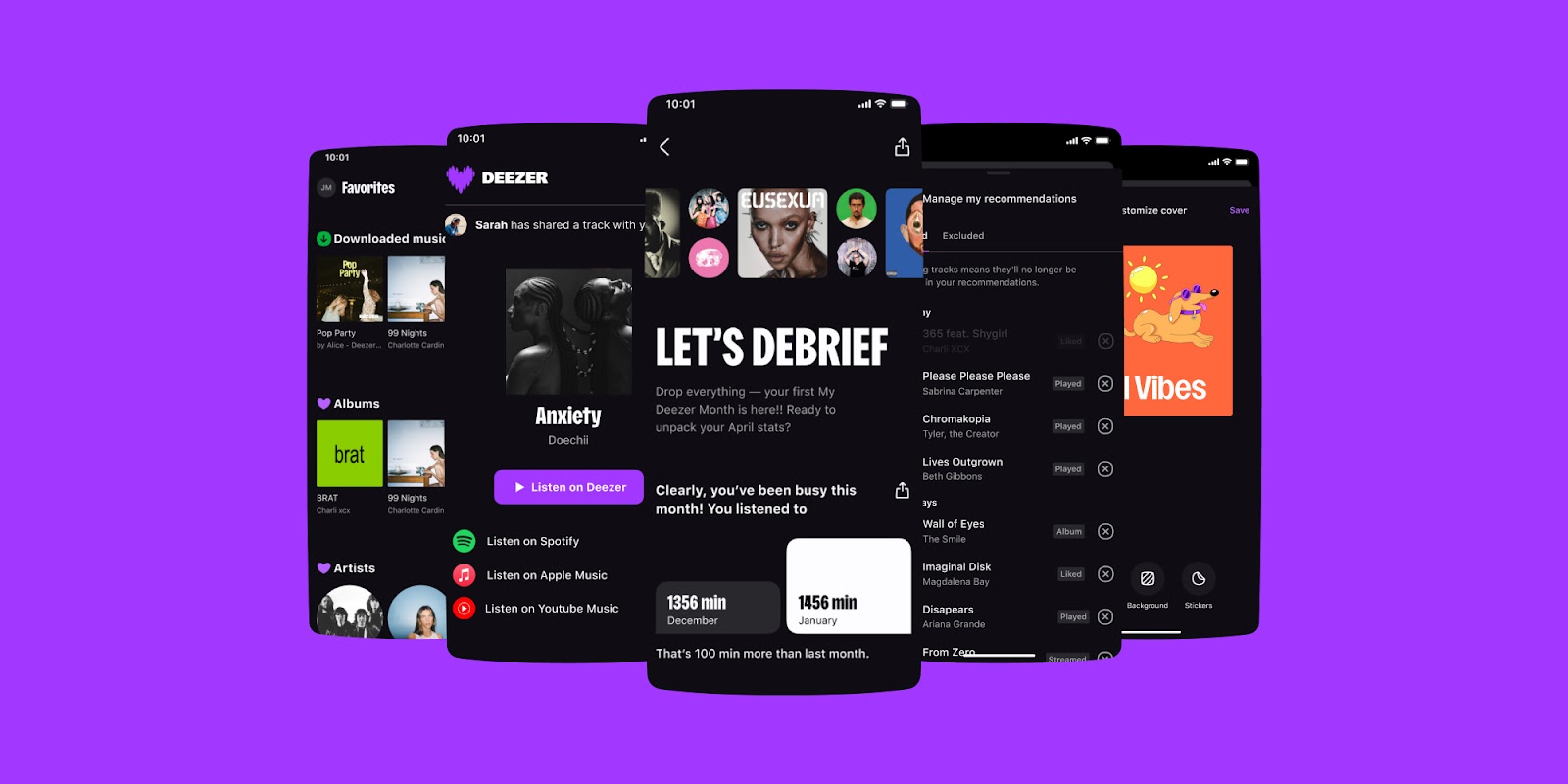























































































































































![[The AI Show Episode 144]: ChatGPT’s New Memory, Shopify CEO’s Leaked “AI First” Memo, Google Cloud Next Releases, o3 and o4-mini Coming Soon & Llama 4’s Rocky Launch](https://www.marketingaiinstitute.com/hubfs/ep%20144%20cover.png)
















































































































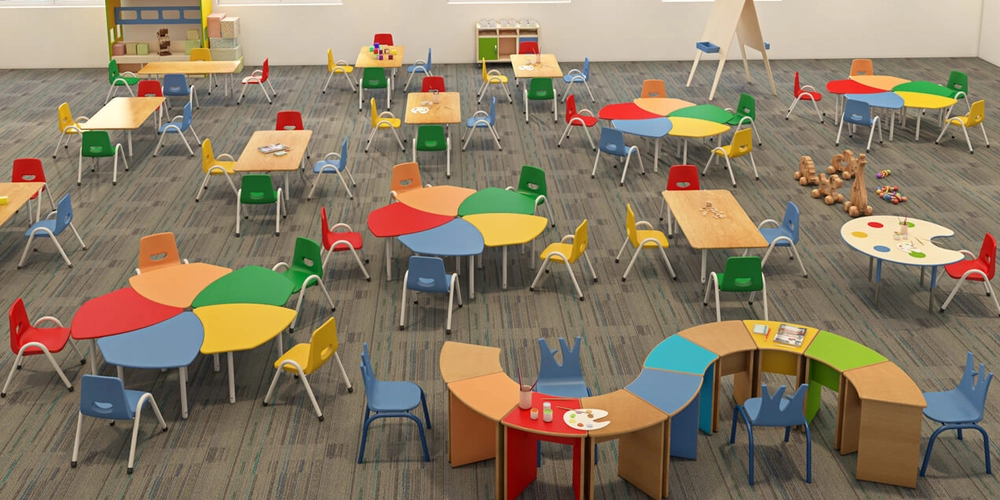
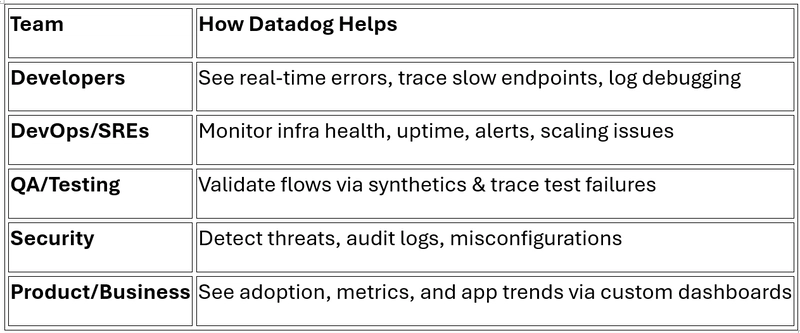



















































































![GrandChase tier list of the best characters available [April 2025]](https://media.pocketgamer.com/artwork/na-33057-1637756796/grandchase-ios-android-3rd-anniversary.jpg?#)










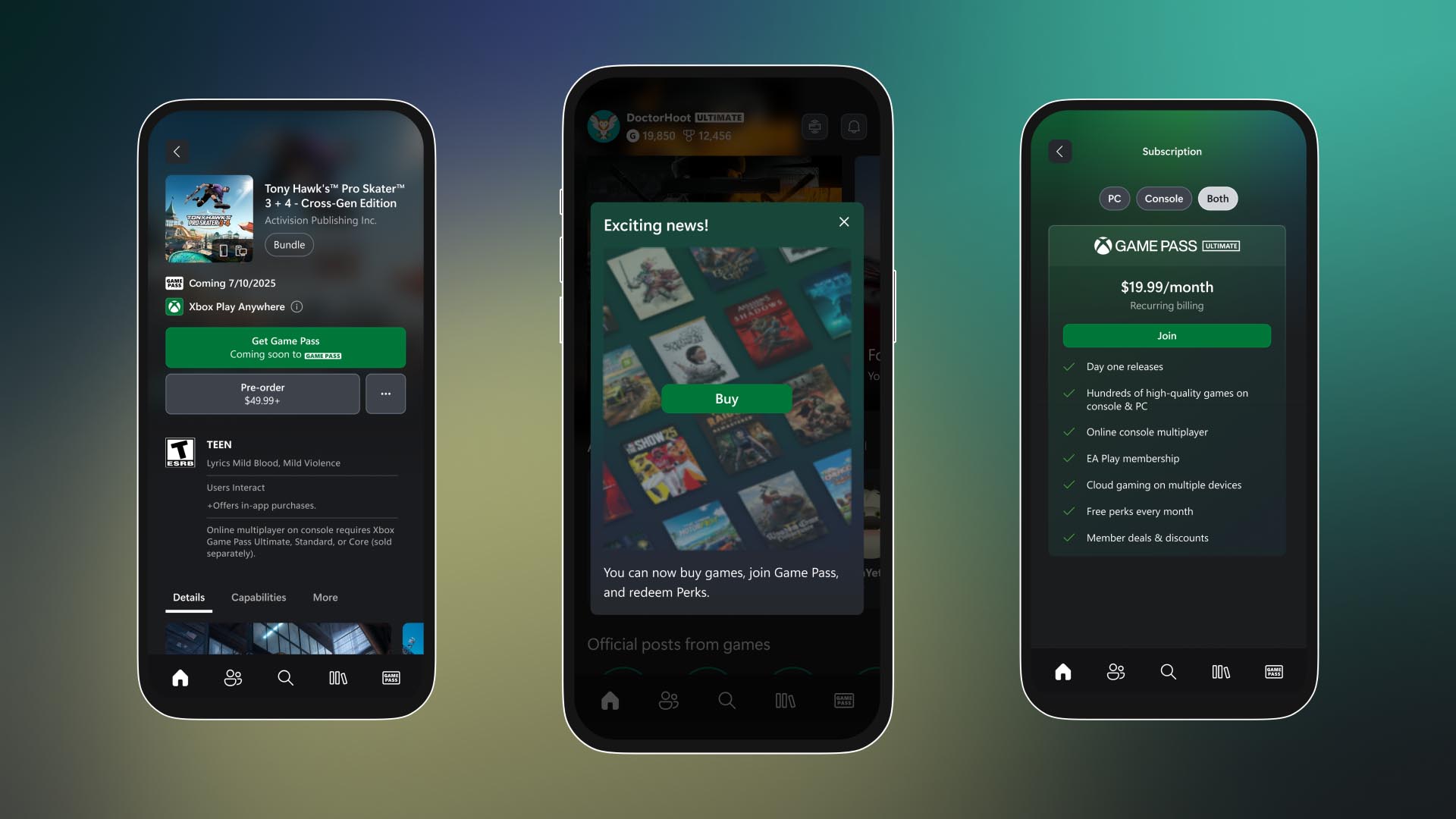































.png?width=1920&height=1920&fit=bounds&quality=70&format=jpg&auto=webp#)




























































































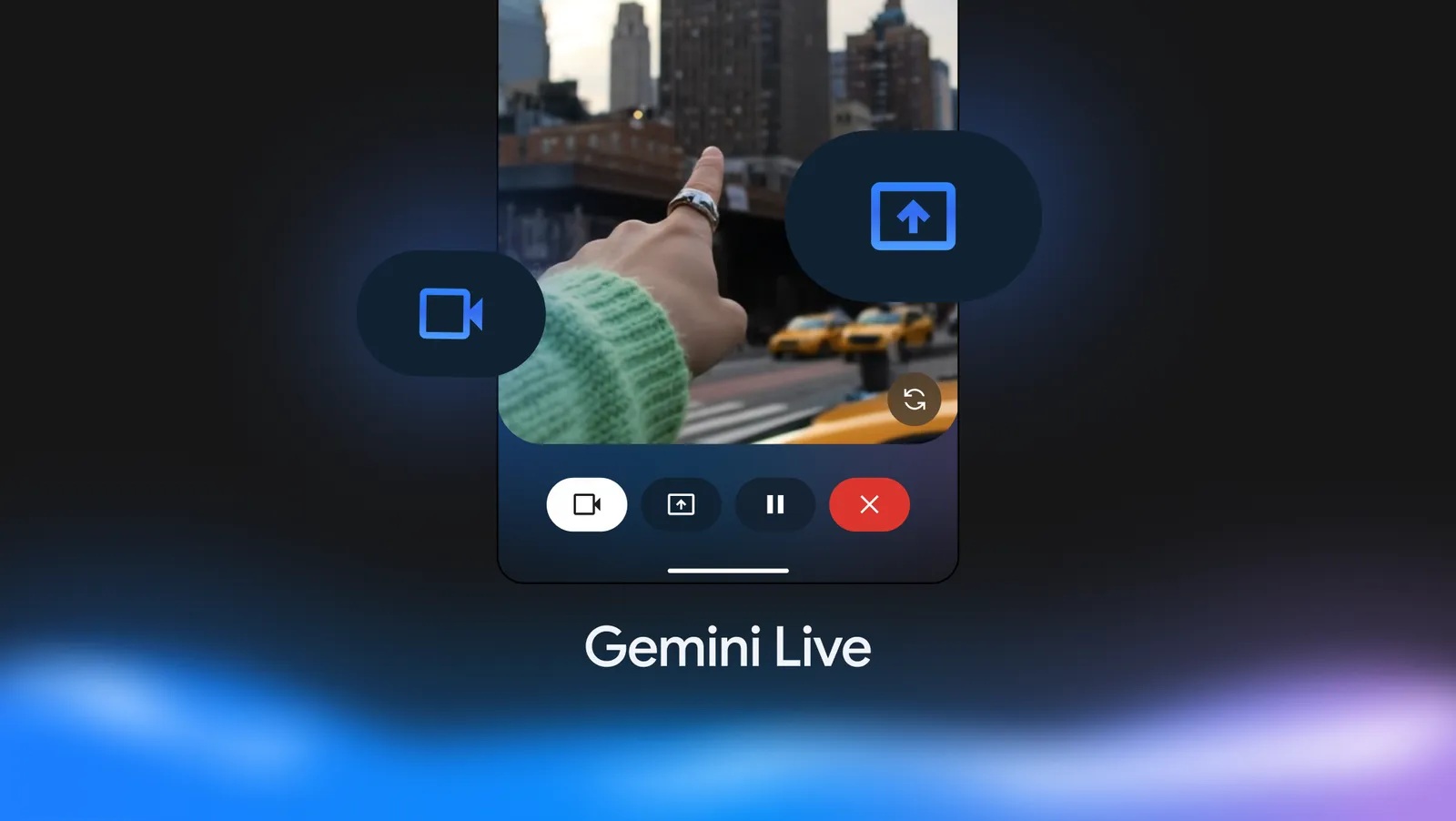









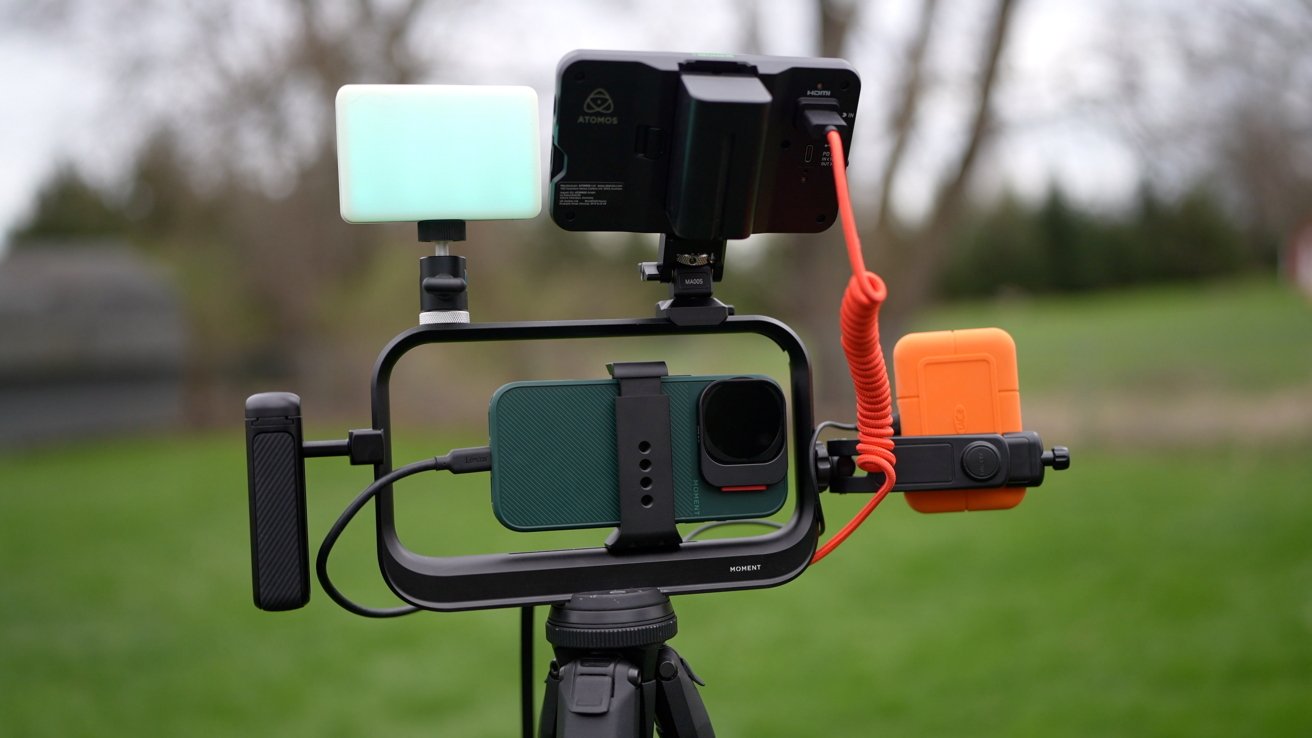


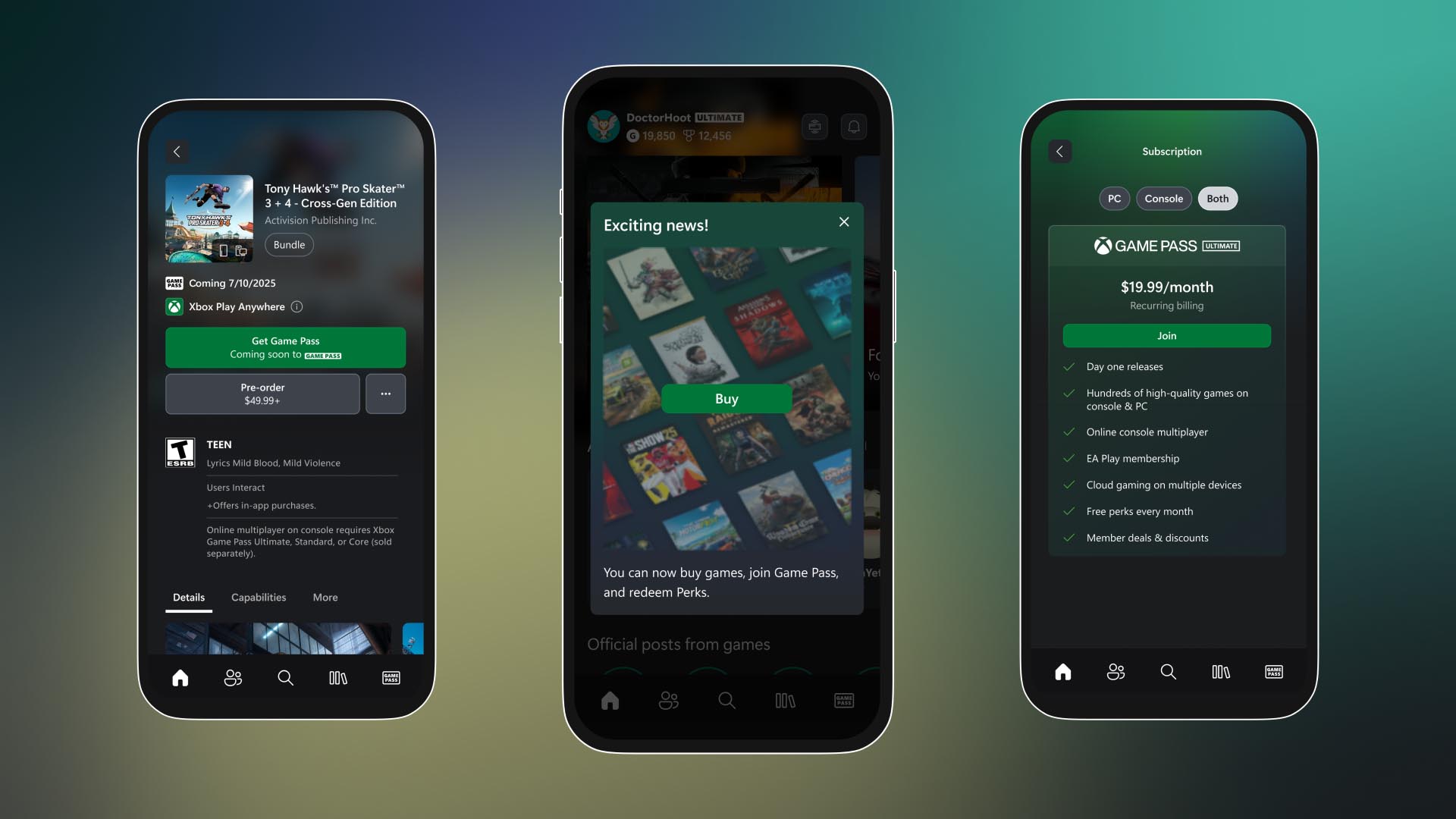






















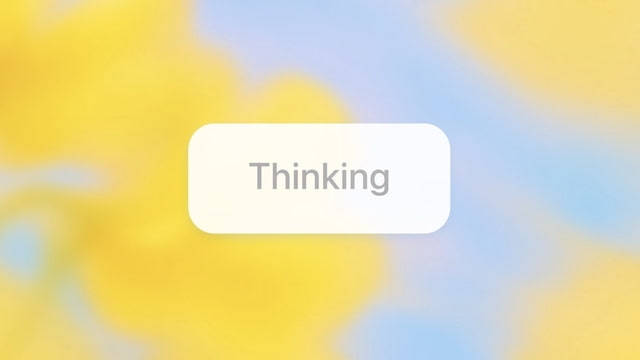
![Apple M4 13-inch iPad Pro On Sale for $200 Off [Deal]](https://www.iclarified.com/images/news/97056/97056/97056-640.jpg)
![Apple Shares New 'Mac Does That' Ads for MacBook Pro [Video]](https://www.iclarified.com/images/news/97055/97055/97055-640.jpg)

















